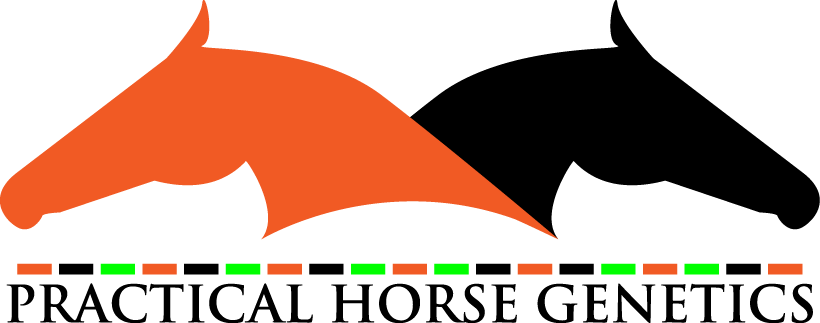Occipitoatlantoaxial malformation (OAAM)
Summary
Occipitoatlantoaxial malformation (OAAM) can appear in pure- and partbred Arabian horses. It is a bone problem affecting the two vertebrae closest to the skull. Affected horses might carry their head in an unusual position and be reluctant to move it or twist their neck. It can also affect the coordination of the horse, with signs ranging from mild weakness to the inability to stand.
It is assumed that this form of OAAM is an autosomal recessive disorder. Autosomal disorders are equally likely to affect male or female horses, while "recessive" means that a horse needs to inherit the OAAM mutation from both its sire and its dam to be affected. This test is for one form of OAAM (OAAM1), but other forms are also known to exist.
Gene or region and technical reference
Gene: deletion near HOXD3, HOXD4 (presumed cause). Reference: Bordbari et al. (2017)
Reported alleles
n. Test developed using animal controls.
OAAM. Test developed using animal cases.
Panels: groups of tests that are often ordered together
This test is in the Arabian health & colour panel.
This test is in the Arabian health panel.
